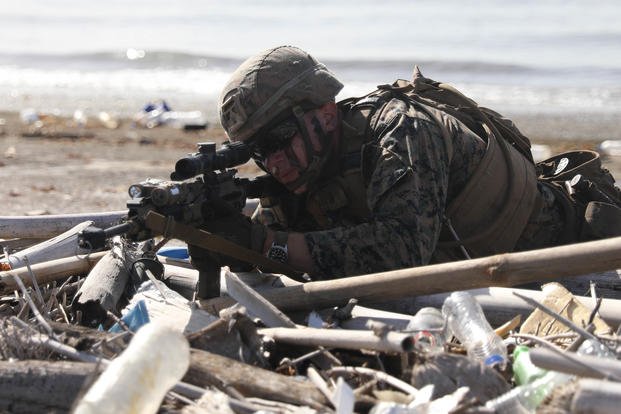U.S. Marines stand ready amid rising tensions with Venezuela. President Trump's administration has ramped up military presence in the Caribbean, targeting Nicolás Maduro's regime. Deployments include thousands of Marines and sailors, plus naval assets, as part of counter-narcotics operations that could shift to direct intervention.
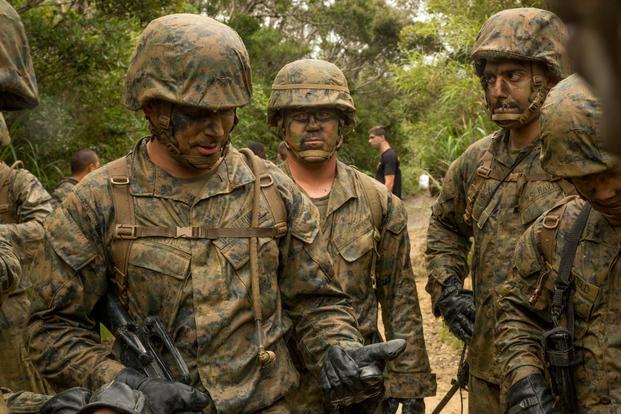
Recent Military Buildup
U.S. forces have converged near Venezuela's coast. The USS Gerald Ford carrier strike group arrived in the region, joined by B-1B bombers flying close to Venezuelan airspace. Destroyers like USS Gravely docked in Trinidad and Tobago for joint exercises, prompting Venezuela to cut ties with the island nation. These moves follow President Donald J. Trump’s statements on the Maduro regime, with some lawmakers warning of expanded conflict. Marines from II Marine Expeditionary Force lead the effort, focusing on rapid response capabilities.
The Marines are no stranger to operating out of nearby Trinidad and Tobago. In the last 10 years, Marines have strengthened partner nation collaboration and capacity on the island nation in Exercise TRADEWINDS 2017 and 2025. An Operations Officer who led planning efforts for one such exercise in Trinidad and Tobago stated, “The island nation provides a perfect opportunity to train with multinational partners in SOUTHCOM.” Speaking in 2017, a Marine Officer in Charge stated, “The United States is interested in helping (partner nations) develop their capabilities because the safer the Caribbean waters are, the safer the United States is.”
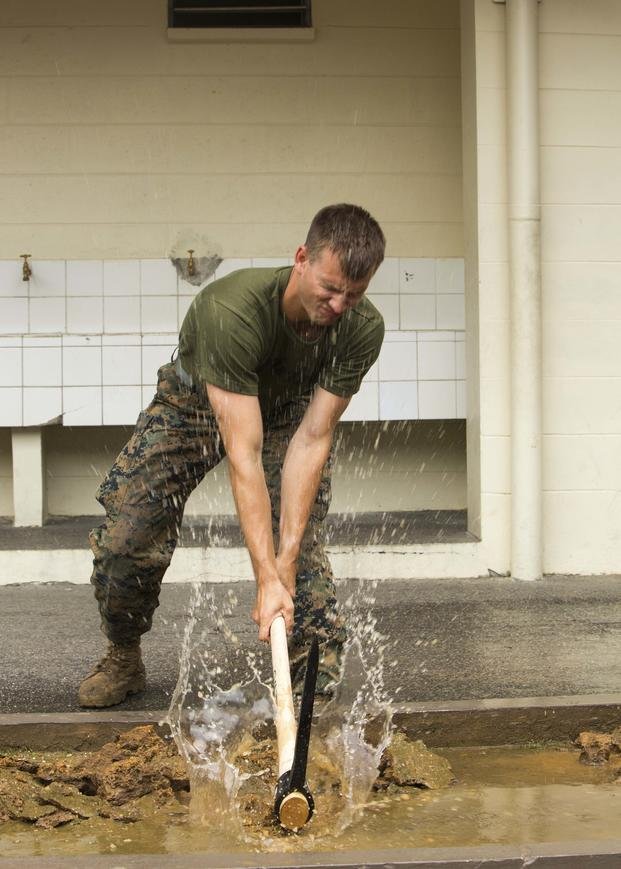
Training for Jungle and Amphibious Operations
Marine units have intensified exercises suited to Venezuela's terrain. Jungle warfare training at facilities like Okinawa’s Jungle Warfare Training Center emphasizes navigation, survival, and small-unit tactics in humid, forested environments. Amphibious assault drills, including those from UNITAS exercises with Latin American/Caribbean partner nations, simulate beach landings and river crossings critical for Venezuelan operations. These sessions build on lessons from past deployments, ensuring Marines can operate in urban and rural settings against irregular forces.
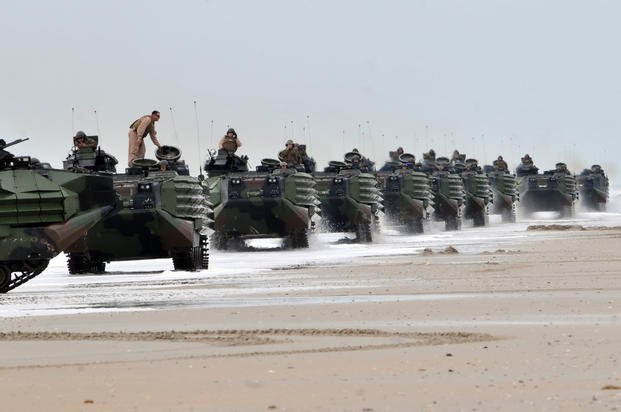
Strategic Role of Marines
Marines provide the expeditionary edge in any Venezuela scenario. With thousands of troops currently in the region, surges could reach tens of thousands for sustained action. Marine amphibious vehicles and air support enable quick strikes on key sites. Integration with SOCOM and Air Force assets forms a multi-domain force to counter Venezuelan defenses, including Russian-supplied systems. All actions are intended to defend U.S. interests against narco-terrorism.
A hypothetical conflict might start with blockades and/or airstrikes, followed by Marine insertions. Scenarios include securing borders with Colombia or amphibious landings near Caracas. Venezuela has mobilized 125,000 troops and civilians for defense, but U.S. superiority in technology and training favors Marines. Wagner Group's presence adds complexity, pitting private contractors against potential Marine ground forces. Risks include guerrilla warfare in jungles, where Marines' mobility would be tested. Key to success will be a strong coalition of Latin American and Caribbean nations seeking to end the Maduro regime’s illicit practices in the region (not unlike the coalition with Arab nations that led to rapid success in the Gulf War).
Challenges and Readiness
Marines face logistical hurdles in sustained operations, including supply lines across the Caribbean. Recent strikes on narco vessels demonstrate lethal precision, with dozens of designated terrorists eliminated in international waters. Training incorporates lessons from Ukraine and Middle East conflicts to counter drones and asymmetric threats. Commanders stress adaptability, with units like the 22nd Marine Expeditionary Unit prepared for immediate deployment.
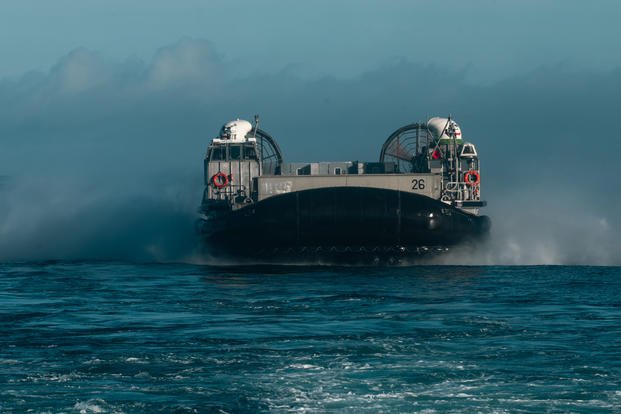
Path Forward
As tensions escalate, Marines remain the tip of the spear. Their preparation underscores the U.S. commitment to regional stability, potentially averting war through deterrence. If conflict arises, Marine capabilities could decide the outcome swiftly.
